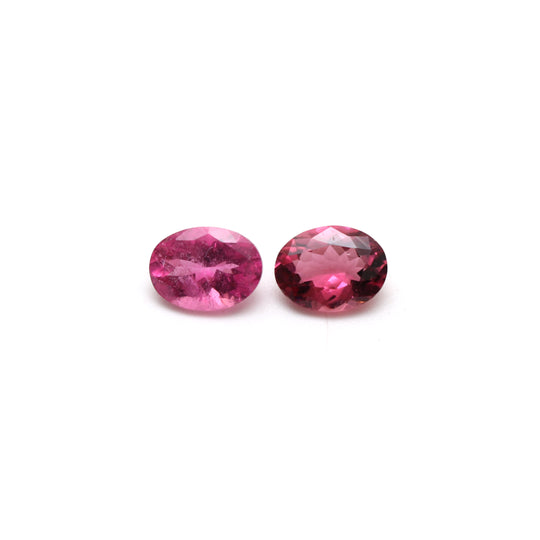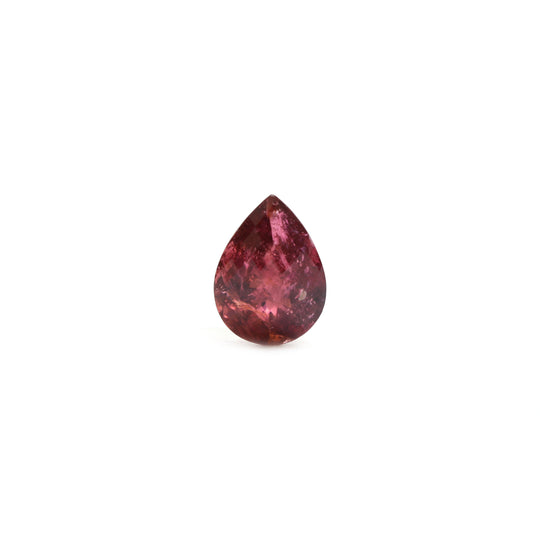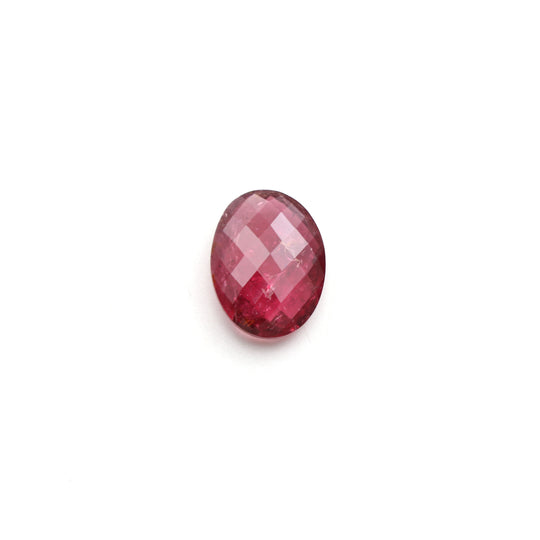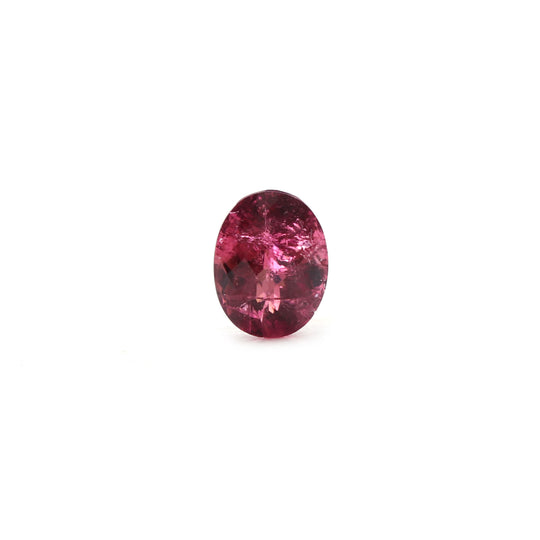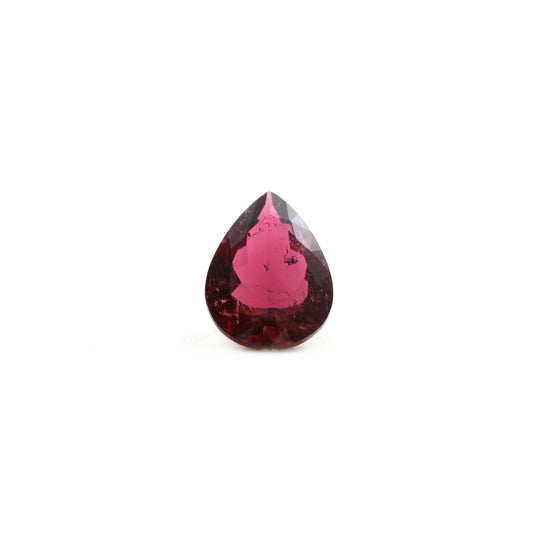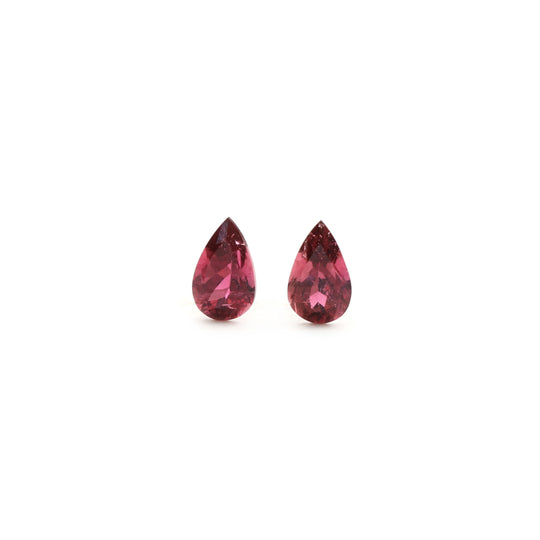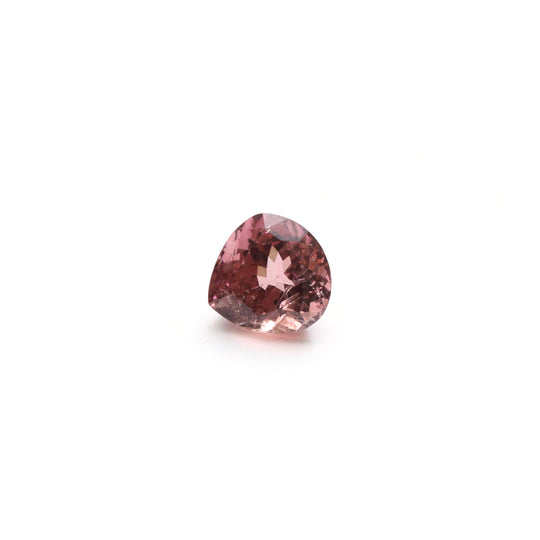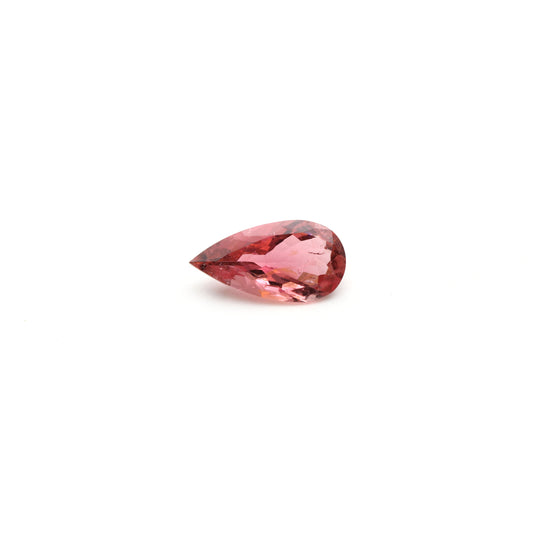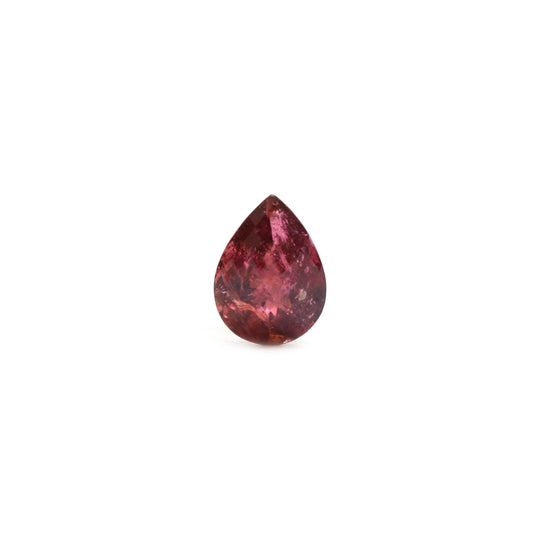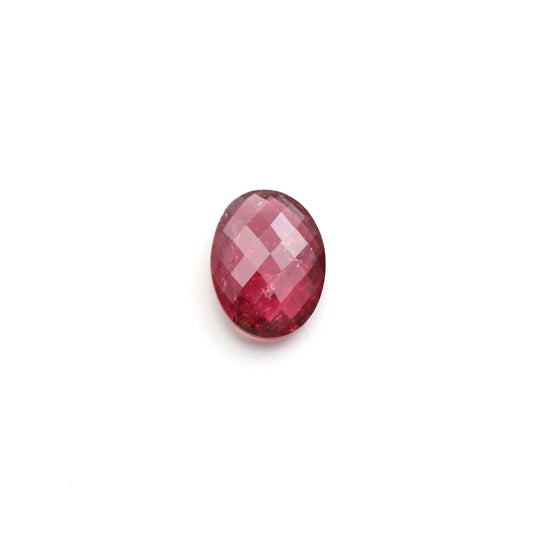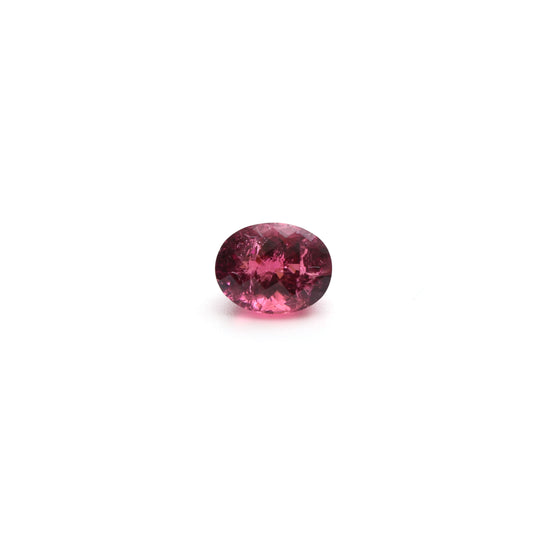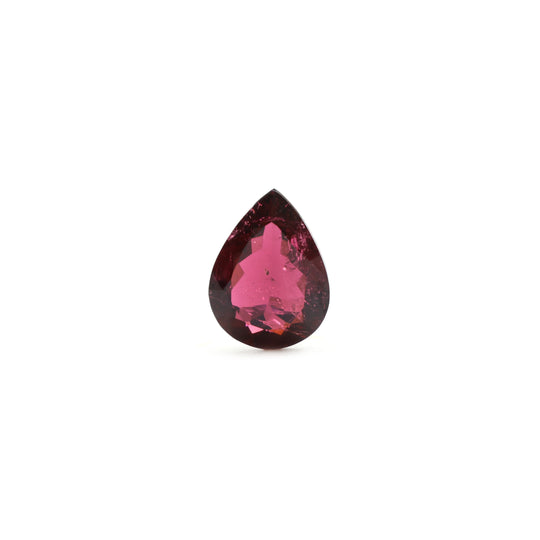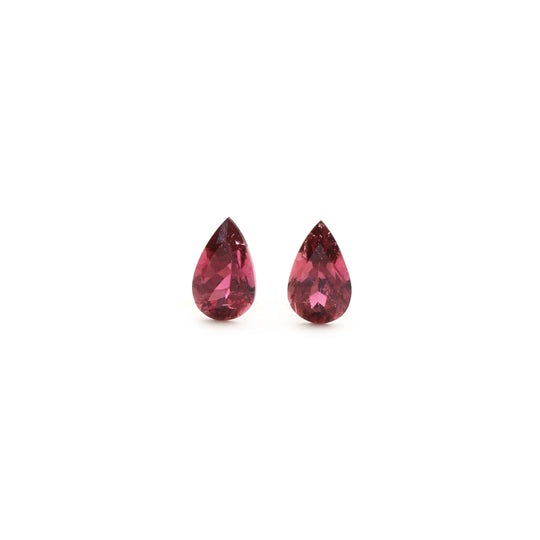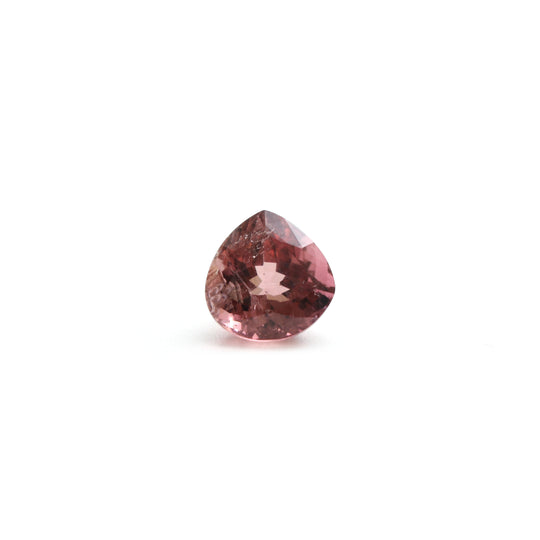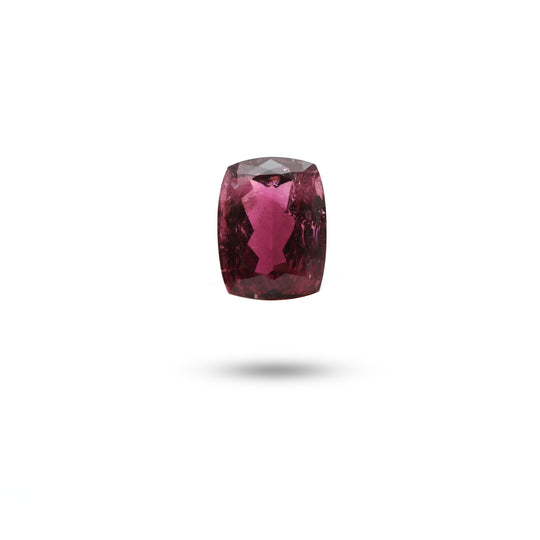What is Rubellite Gemstone?
Rubellite stone is a variety of the mineral tourmaline that is known for its red-to-pink color. The exact shade of color can vary, with some stones having a pinkish-red color, while others have a more intense, purplish-red hue. Rubellite is prized for its rich, vibrant color and its durability, making it a popular choice for jewelry.
Rubellite Gemstone
National Facets
£65.00
£70.00
National Facets
£70.00
£76.00
National Facets
£182.00
£197.00
National Facets
£150.00
£162.00
National Facets
£92.00
£100.00
National Facets
£180.00
£195.00
National Facets
£132.00
£143.00
National Facets
£40.00
£43.00
National Facets
£127.00
£137.00
National Facets
£37.00
£40.00
National Facets
£111.00
£120.00
National Facets
£182.00
£197.00
National Facets
£150.00
£162.00
National Facets
£92.00
£100.00
National Facets
£86.00
£92.00
National Facets
£180.00
£195.00
National Facets
£132.00
£143.00
National Facets
£40.00
£43.00
National Facets
£127.00
£137.00
National Facets
£37.00
£40.00
National Facets
£111.00
£120.00
National Facets
£370.00
£399.00
National Facets
£148.00
£160.00
What are the types of Rubellite Gemstone?
There are two main types of rubellite
Elbaite Rubellite: This is the most common type of rubellite and is characterized by its deep red to pink rubellite beads
It is often found in granite and pegmatite formations in South America and Africa.
Schorl Rubellite: This type of rubellite stone is characterized by its blackish-red color and is often found in association with other black minerals such as schorl (black tourmaline).
What are the properties of Rubellite Gemstone?
Rubellite Properties
Rubellite Healing Properties
Super feminine energetic powers! Rubellite is an ultimate heart chakra stone. Rubellite benefits in helping your emotional well being and spirituality can open your heart chakra, giving peace and harmony. Love and spirituality go hand-in-hand and Rubellite encourages compassion and gentleness.Rubellite is an ultimate heart chakra stone.
Physical Properties
The physical properties of rubellite gemstone include:
Composition: Rubellite is a variety of tourmaline and is composed of complex borosilicates with trace elements that can affect its color.
Hardness: Rubellite has a hardness of 7 to 7.5 on the Mohs scale, making it a durable stone that is suitable for daily wear in jewelry.
Refractive Index: Rubellite has a refractive index of 1.624 to 1.644, giving it a moderate level of brilliance and fire.
Specific Gravity: Rubellite has a specific gravity of 3.06 to 3.26, which is slightly heavier than most other gemstones.
Transparency: Rubellite can be transparent to translucent, with some stones exhibiting a high degree of transparency.
Luster: Rubellite has a vitreous to sub-vitreous luster, meaning it has a smooth, glass-like surface that reflects light.
Where does Rubellite Gemstone come from?
Notable sites for mining rubellite gems include Afghanistan, Brazil, Madagascar, Myanmar, Nigeria, Russia, and the United States.
What color is Rubellite Gemstone?
Rubellite loose gemtone is known for its red to pink color, which can range from a pale pink to a deep, intense red. The exact shade and hue of the rubellite stone can vary depending on the location of the mine and the presence of impurities or inclusions, with some stones exhibiting a purplish-red hue. The vibrant color of rubellite beads is one of its defining characteristics and is what makes it a popular choice for jewelry.
Where to buy Rubellite Gemstone?
You can buy rubellite natural gemstones from various sources, such as:
Jewelry stores
Online gemstone retailers
Gem and mineral shows
Wholesale rubellite garnet
Among enormous sources available for rubellite gemstones for sale, be sure to buy online rubellite gemstone from reputable sellers to check the quality and authenticity to ensure that it is genuine stones.
At National Facets, we strive to produce the finest quality of beautiful gemstones. We offer a wide variety of premium-quality Natural Beads Wholesaler Gemstones on the internet.
Frequently Asked Questions
Q: Is rubellite a real ruby?
A: Rubellite is a variety of the mineral tourmaline and is known for its red to pink color. While rubellite and ruby both have a red color, they are different minerals with distinct physical and chemical properties. Ruby is a variety of the mineral corundum, while rubellite is a variety of tourmaline. Additionally, rubies are typically found in different locations than rubellites and have different inclusions, textures, and crystal formations. The value of rubellite and ruby also varies greatly, with ruby being generally more valuable due to its scarcity and high demand.
Q: What is the pricing of rubellite?
A: The price of rubellite can vary greatly depending on several factors, including:
Color: The shade and intensity of the red to pink color can greatly affect the price of rubellite. Deep, vibrant colors are generally more valuable and command higher prices.
Clarity: Rubellite is typically found with inclusions, so clarity is an important factor in determining its value. Stones with fewer or less noticeable inclusions are generally more valuable.
Cut: The way the stone is cut can also affect its value. Well-cut stones with good symmetry and proportion will typically command higher prices.
Carat Weight: The size of the stone also affects its price, with larger stones generally being more valuable.
Location of the Mine: The location of the mine where the rubellite was sourced can also impact its price. Rubellites from certain mines may be more desirable and command higher prices.
Q: What is the famous rubellite?
A: Caesar's Ruby is a historical jewel that eventually turned out not to be a ruby at all but a rubellite tourmaline. Caesar's Ruby is a piece of jewellery well known to anyone with a special interest in the history of the Russian and Swedish Crown Jewels.
Q: How do you clean a rubellite?
A: As rubellite is simply the dark pink to red variety of tourmaline, much like rubies are the dark pink to red variety of sapphires, they should be cleaned similar to the way in which tourmalines are cleaned. This is through the simple use of water, mild detergent, and a brush.
Q: Does rubellite glow?
A: Yes, rubellite can exhibit a glowing effect known as "pleochroism." This is a property of certain minerals where they exhibit different colors when viewed from different angles, due to the way light passes through the crystal structure. In rubellite, this can result in the stone appearing to change color when rotated or viewed from different angles, which can create a glowing or sparkling effect.
The exact degree of pleochroism can vary depending on the specific rubellite, but this property is often considered an attractive feature as it can enhance the visual appeal of the stone. Pleochroism can also impact the way a rubellite is cut and polished, as the cutter must consider the orientation of the crystal to ensure that the stone is cut to maximize its color and shine.
Q: What is the other name for rubellite?
A: Rubellite is sometimes referred to by other names, including:
Red tourmaline: Rubellite is a variety of the mineral tourmaline and is often referred to as "red tourmaline" due to its reddish color.
Pink tourmaline: Some rubellites exhibit a more pinkish color and can also be referred to as "pink tourmaline."
Verdelite: This name is also sometimes used to refer to green tourmaline, another variety of the mineral tourmaline.
Elbaite: This is the name of the mineral species to which both rubellite and other tourmaline varieties belong.
Q: What is the history of rubellite?
A: The history of rubellite dates back to ancient times, when this beautiful red to pink gemstone was prized for its beauty and rarity. The exact origin of the name "rubellite" is not known, but it is thought to derive from the Latin word "rubellus," meaning red.
Throughout history, rubellite has been used in jewelry and other decorative objects, often as a symbol of wealth and power. In ancient civilizations, rubellite benefits in providing special powers and properties that could bring good luck, protect against harm, and improve one's emotional well-being.









